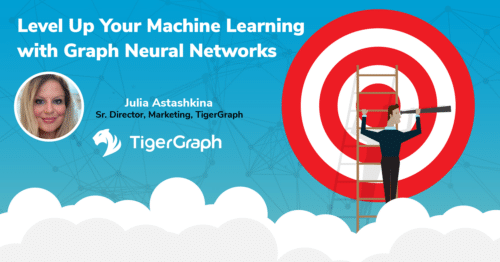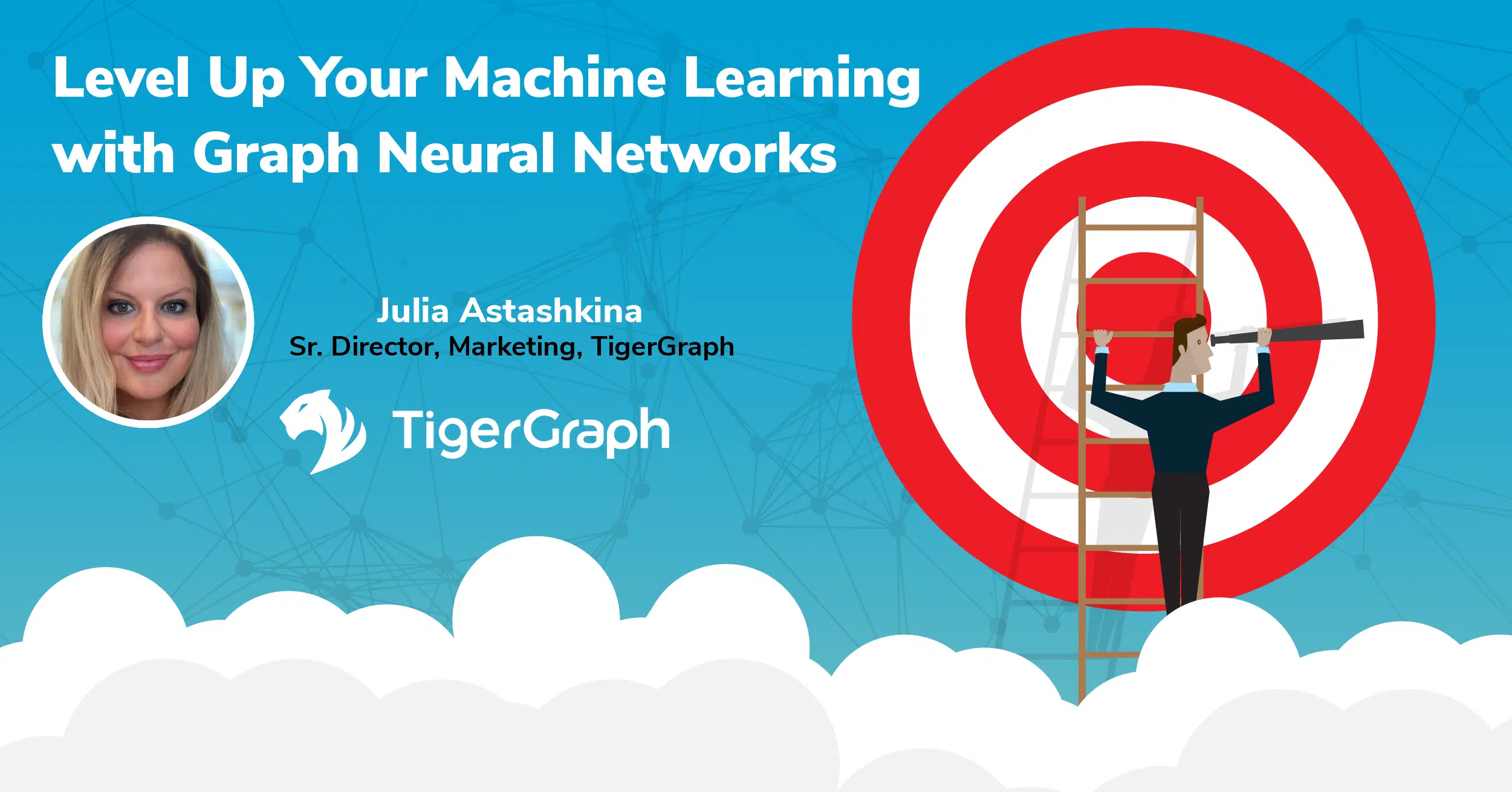
In a relatively short time, machine learning has completely transformed almost every facet of technology in the business world and in our day-to-day lives. From driving directions to automated stock trading, there’s almost nothing that machine learning hasn’t touched.
Innovations in machine learning (ML) have driven profitability across a number of industries and use cases, including:
- Fraud detection
- Network optimization
- Pharmaceutical drug discovery
- Risk monitoring
- Recommendation engines
- Cybersecurity
- …and many more artificial intelligence solutions
So what’s next for the world of ML? First, let’s take a look at one of its biggest challenges haunting the industry: the performance plateau.
The Machine Learning Performance Plateau
The bad news is that machine learning performance is facing a challenge of diminishing returns. As ML algorithms hit hard limits of accuracy – while demand for accuracy still increases – improvements in performance are increasingly hard to come by.
As a result, ML models struggle to deliver the combination of accuracy and granularity that managers need. Companies who rely on machine learning outcomes to deliver their products and services are rightfully worried.
But there’s good news too.
How TigerGraph Boosts ML with Graph Neural Networks
The answer to the ML performance plateau is one word: graph.
Graph machine learning boosts algorithm accuracy and performance by augmenting existing systems with connections. Graph databases like TigerGraph are built by connecting and traversing links between data points. This makes graph technology a natural fit for both data integration and data enrichment. Next, this connected data is extracted from TigerGraph, and ML algorithms can use this additional “connectedness” to further fine-tune predictions and improve overall performance significantly.
In traditional relational databases, each column represents only one “feature” that the ML system can use. In TigerGraph, each type of connection is an additional feature, and more connections can be added as often as needed without detrimentally affecting existing systems or algorithms. In addition, small graph patterns – such as causal chains, loops, and forks in the graph data – can themselves be considered ML features for algorithms to exploit.
The state of the art when it comes to graph technology and machine learning is to run neural network models within the graph itself. For example, Amazon uses graph neural networks to determine optimal pricing in its marketplace.
But chances are, your business or enterprise isn’t Amazon. So how can your team use graph neural networks to improve ML outcomes – and your bottom line – without building graph technology from scratch?
That’s where TigerGraph comes in.
Try TigerGraph Machine Learning Workbench Today
For the first time, the TigerGraph ML Workbench puts graph technology in the hands of normal business teams. By merging cutting-edge cloud ML frameworks with a native TigerGraph backend, your development team will experience a leap in machine learning performance.
TigerGraph’s Machine Learning Workbench accelerates the development of graph-enhanced machine learning to deliver more accurate ML models, more quickly. That’s because TigerGraph’s deep-link graph analytics can process terabytes of your data and traverse millions of data connections in a fraction of a second. And in-database ML functions employ a user-friendly Python framework so that your data science team can work with it easily.
If you or your team are looking for a way to enhance ML models or improve machine learning outcomes, then try the TigerGraph ML Workbench today – you can start for free on TigerGraph Cloud.
Conclusion
If your ML algorithms have hit a performance plateau, it’s time to rethink your approach. Instead of trying to merely squeeze piecemeal optimizations out of your machine learning models, you need to reorient the data your ML models draw from.
When you switch from a legacy relational database to a leading graph database like TigerGraph, your ML algorithms get a huge performance boost by drawing on contextual, connected data and by adding new ML features to optimize.
Early innovations in machine learning have already transformed the world. Now, imagine what machine learning built on connected data might do. And as always, reach out to info@localhost with any questions.

